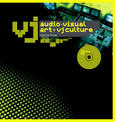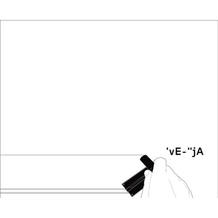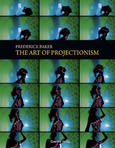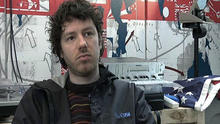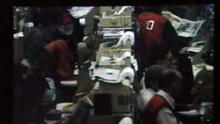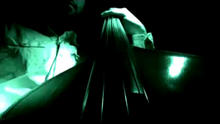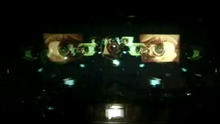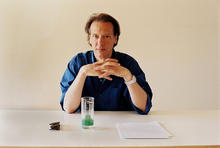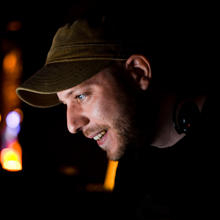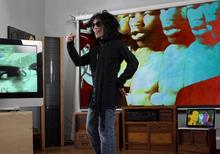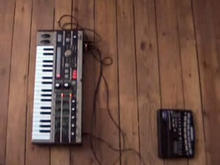The Z-Axis
(2003)is a multi layered live audio visual performance by The Light Surgeons that fuses classic cult cinema with electronic sound scapes mixed live by DJ and audio artist Scanone.
The Z-Axis has been toured internationally to venues such as: The Guggenheim Art Museum in Bilbao, San Fransico Art Institute, Moderna Museet in Stockholm, and the Villette in Paris between 2003 and 2006.
The show re-mixes the cult film The Fountain Head, the story of an architect who struggles to maintain his individualist ideas through his modernist designs, and famously explores the notion of the individual against society. The Fountainhead is based on the seminal book by Ayn Rand, directed by King Vidor in 1949 and star’s Gary Cooper, Patricia Neal and Raymond Massey.
This classic story is remixed and juxtaposed with many other cult cinematic moments; from Blade Runner to Metropolis and beyond. The performance contains a rich and diverse collection of audio visual references, incorporate The Light Surgeons's own recent collaborations with internationally renowned architect and designer Ron Arad, as well as contributions from cutting edge experimental 3D animators Lyn Fox.
Source: The Light Surgeons' website
